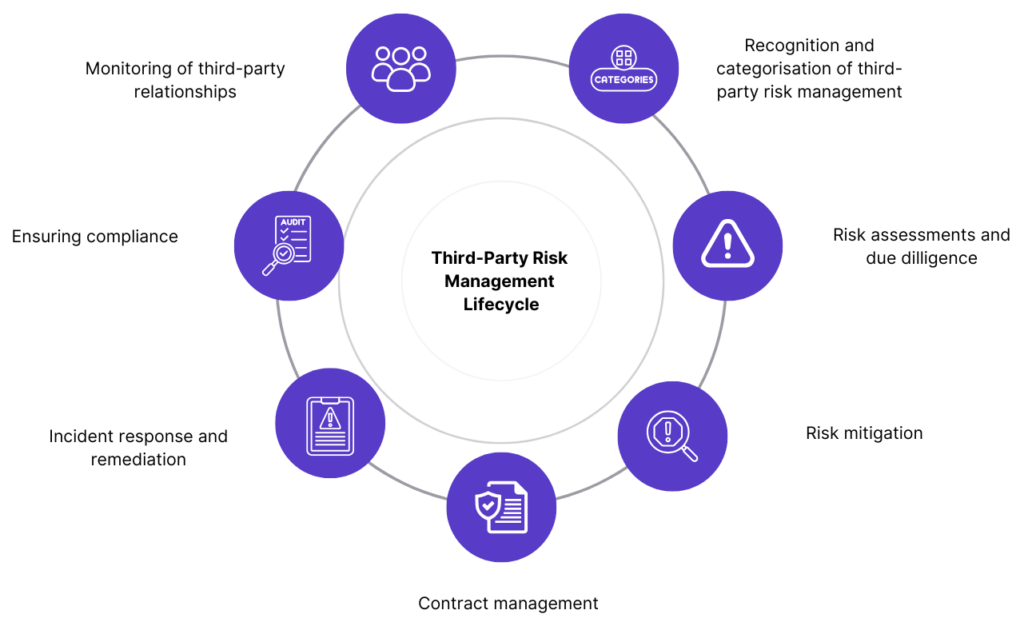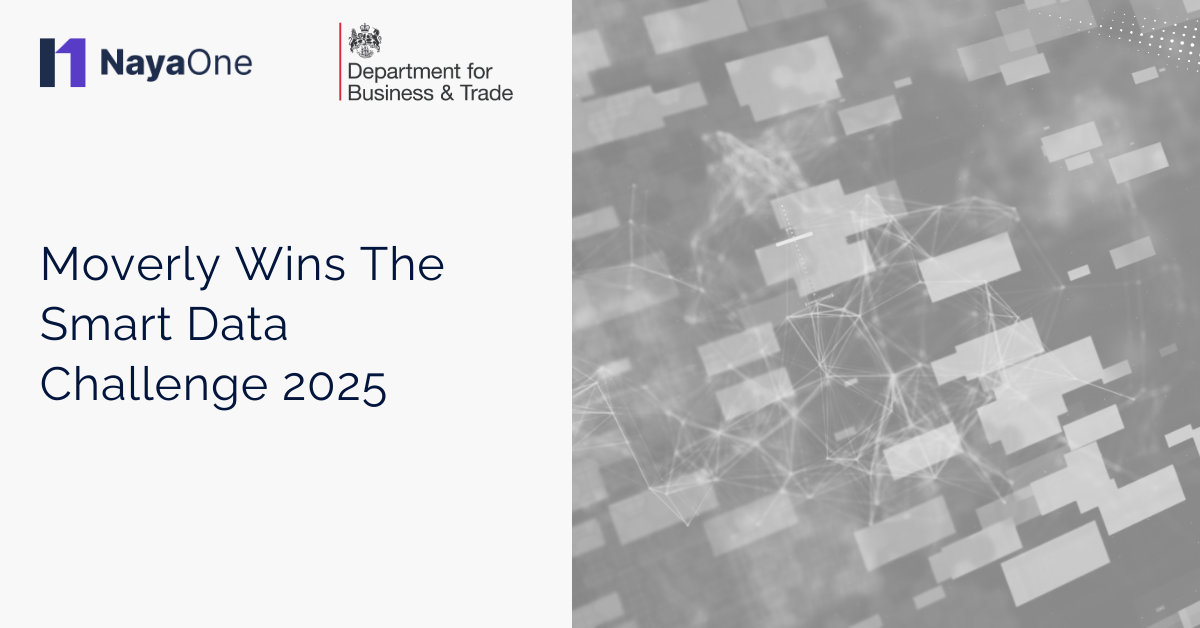With AI-driven solutions becoming increasingly prevalent in vendor operations, we see both opportunities and challenges that must be addressed head-on. The real question is not if AI should be part of TPRM, but how we can effectively manage its risks while unlocking its potential for deeper and faster due diligence.
AI as a Risk Factor in Third-Party Ecosystems
Banks depend on an intricate network of vendors, fintech partners, and service providers, many of whom deploy AI-powered tools for fraud detection, credit scoring, cybersecurity, and regulatory compliance. While these innovations drive efficiency, they also introduce new layers of risk, including:
- Data Security & Privacy Risks – AI-powered third-party systems often require access to sensitive customer data, increasing the risk of data breaches and regulatory violations (e.g., GDPR, CCPA, and banking-specific compliance requirements like GLBA). A 2023 study by IBM found that 83% of financial institutions experienced a third-party data breach in the past two years.
- AI Bias & Model Transparency – AI-driven decision-making (e.g., in lending or KYC processes) must be auditable and free from bias to ensure compliance with fair lending laws and regulatory scrutiny. According to a 2022 MIT study, AI-driven lending models showed bias in 48% of cases analysed, highlighting the critical need for transparency.
- Regulatory Compliance Risks – The evolving regulatory landscape, including the EU AI Act and NIST AI Risk Management Framework, mandates increased oversight on AI-driven decision-making and risk assessment. The World Economic Forum predicts that AI-related compliance costs will rise by 35% by 2025 as regulations tighten.
- Operational & Reputational Risks – Poorly managed AI models deployed by third-party vendors can lead to service disruptions, erroneous risk assessments, and reputational damage if outcomes are unfair or inaccurate. A recent Gartner report estimates that 60% of banks will face AI-related operational failures by 2026 due to inadequate oversight.
AI-Powered TPRM: A Game Changer for Banks
Just as AI introduces new risks, it also offers solutions for enhancing third-party risk management. At NayaOne, we’ve seen firsthand how AI can transform TPRM by providing real-time insights and risk analysis.

1. Decentralisation and autonomy
Traditional vendor risk assessments are manual, time-consuming, and prone to oversight. AI-powered TPRM platforms can analyse vast amounts of vendor performance data, audit reports, and compliance records in real-time, flagging potential risks proactively. A Deloitte survey found that AI-driven TPRM reduces assessment time by 40% compared to traditional methods.
2. Enhance Continuous Monitoring
AI-driven tools can scan global regulatory databases, news sources, and dark web activity for red flags related to vendors. This enables banks to move beyond periodic assessments to a more dynamic, risk-based monitoring approach. Recent statistics indicate that AI-powered monitoring reduces vendor-related fraud by up to 30%.
3. Detect Anomalies in Vendor Behaviour
Machine learning models can identify unusual patterns in third-party activity, such as deviations in transaction patterns, cybersecurity anomalies, or compliance violations. Early detection allows for rapid intervention before issues escalate. According to McKinsey, AI anomaly detection can reduce fraud losses by up to £1 billion annually in the financial sector.
4. Strengthen AI Governance & Explainability
Banks must enforce governance frameworks to ensure that AI used by third parties is explainable, unbiased, and compliant with industry regulations. This includes implementing model validation, periodic audits, and AI ethics reviews as part of vendor oversight. A PwC report suggests that 70% of financial institutions will adopt AI governance models by 2025 to ensure regulatory compliance.
What’s Next? Our Commitment to AI in TPRM
At NayaOne, we believe in staying ahead of AI-related risks in third-party ecosystems. To do this, we recommend that banks:
- Integrate AI Risk Frameworks into TPRM – Establish governance policies that address AI bias, data security, and regulatory compliance when assessing vendors.
- Leverage AI-Powered TPRM Solutions – Use advanced tools for real-time vendor monitoring, anomaly detection, and risk scoring.
- Ensure Regulatory Alignment – Keep pace with evolving AI regulations and ensure third-party vendors comply with industry standards.
- Educate & Train Internal Teams – Equip risk management, compliance, and procurement teams with the skills to evaluate AI-driven vendor risks effectively.
As AI continues to evolve, so must the ways we manage third-party risks. NayaOne is here to help financial institutions navigate these challenges by providing sandbox environments and AI-powered TPRM solutions that allow banks to test, monitor, and integrate AI-driven third-party services efficiently and securely.
By leveraging platforms like ours, banks can significantly enhance risk management capabilities while ensuring compliance with evolving regulations.
Are you ready to take AI-powered TPRM to the next level? Let’s work together to build a secure and future-ready banking ecosystem.





